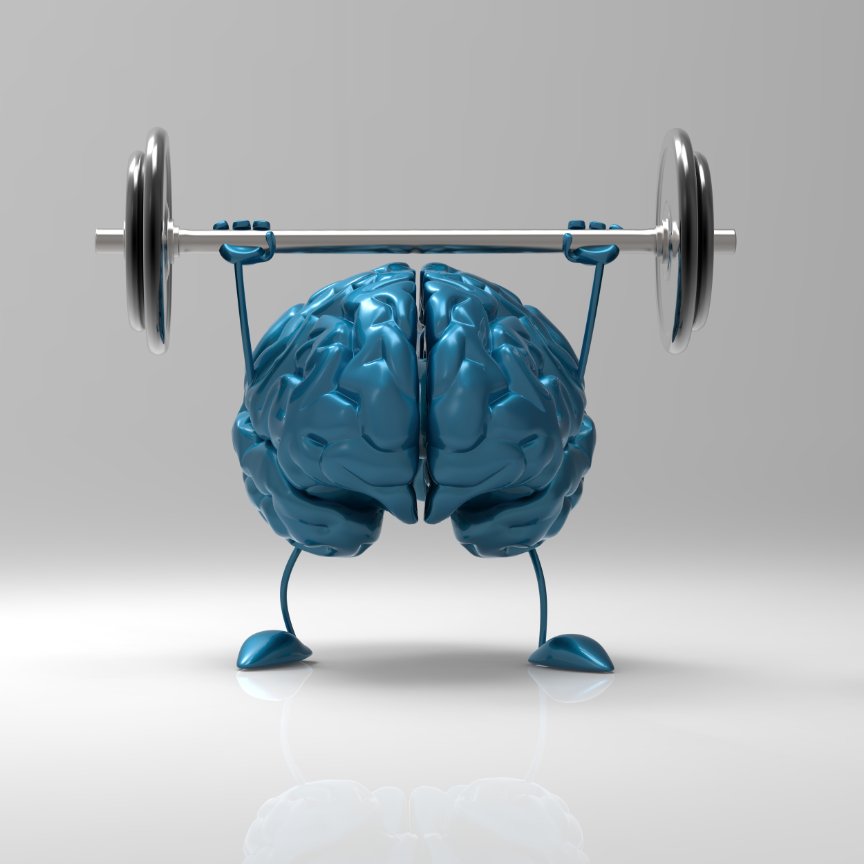
Tourette Syndrome (TS) is a chronic, neurobehavioral disorder characterized by motor and vocal tics. Onset occurs in childhood, and symptoms wax and wane in both tic type and severity over time.
A "tic" is an involuntary, repetitive, stereotyped movement or sound that is often preceded by a sensation called a premonitory urge. Some people with TS describe the urge as an "itch" or "tickle" or something that "just doesn't feel right." Once the tic happens, the urge goes away, at least temporarily.
Vocal tics may include:
-throat clearing
-animal/bird noises
-grunting
-humming
-sniffing
-coughing
Motor tics may include:
-eye blinking
-facial grimacing
-head shaking/jerking
-shoulder shrugging
-arm movements

CBIT (see-bit) stands for Comprehensive Behavioral Intervention for Tics and is a non-medication treatment that has been clinically proven to reduce tic severity. CBIT is a highly structured therapy, typically 8 sessions over 10 weeks, and consists of three main components:
1) Awareness: training patients to be more aware of tics, such as when they tic and what environments influence their tics
2) Competing Response: training patients to do a specific behavior that makes the tic more difficult to do, as soon as the tic or urge appears, which helps to reduce, and in some cases, even eliminate the tic
3) Functional Intervention: making changes in day to day activities in ways that can be helpful in reducing tics
CBIT is clinically proven to be effective, with studies showing a decrease in tic severity comparable to medication. However, treatment is not a cure, but rather a management strategy, and requires work from the patient and oftentimes the patient's family.